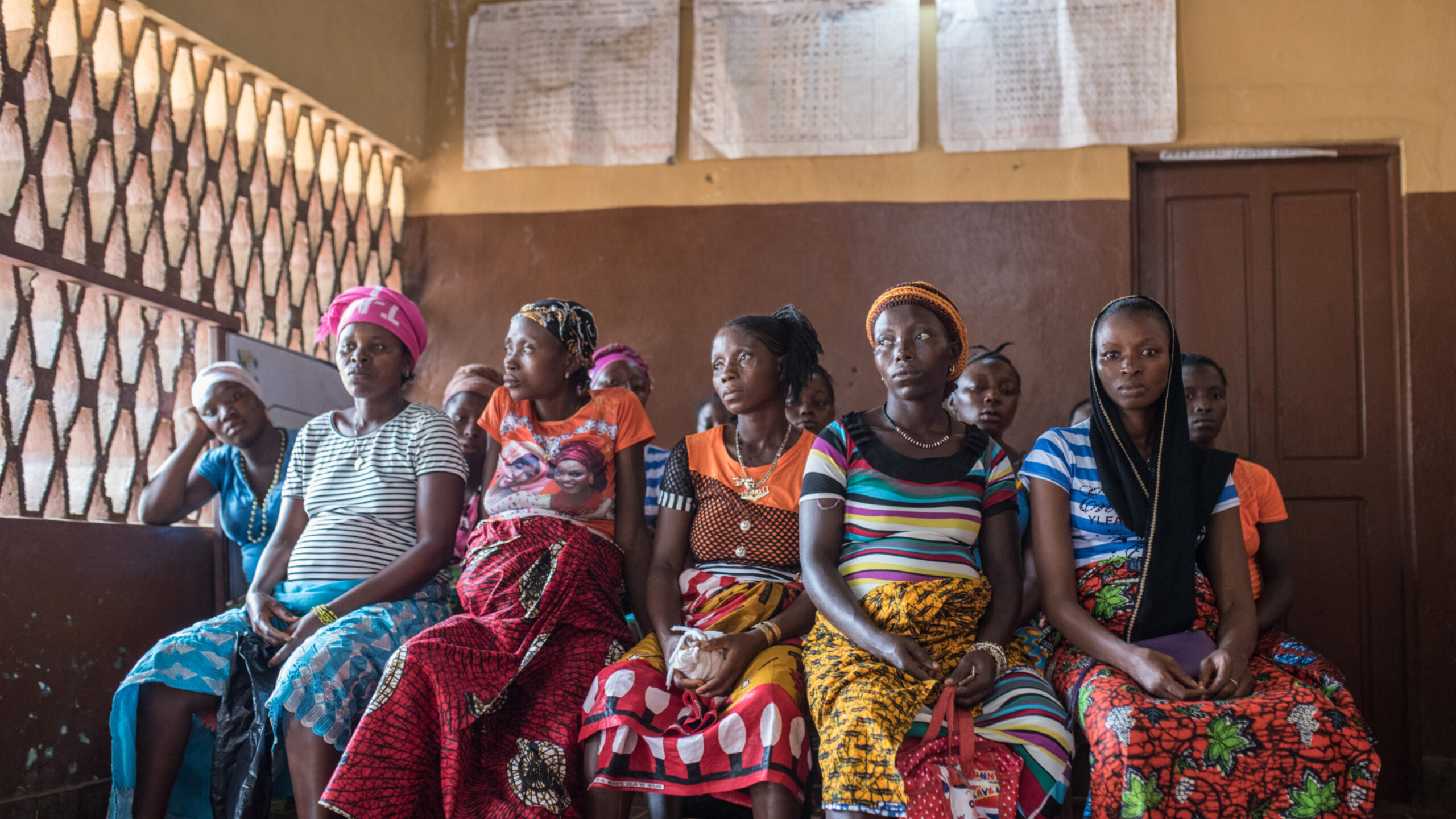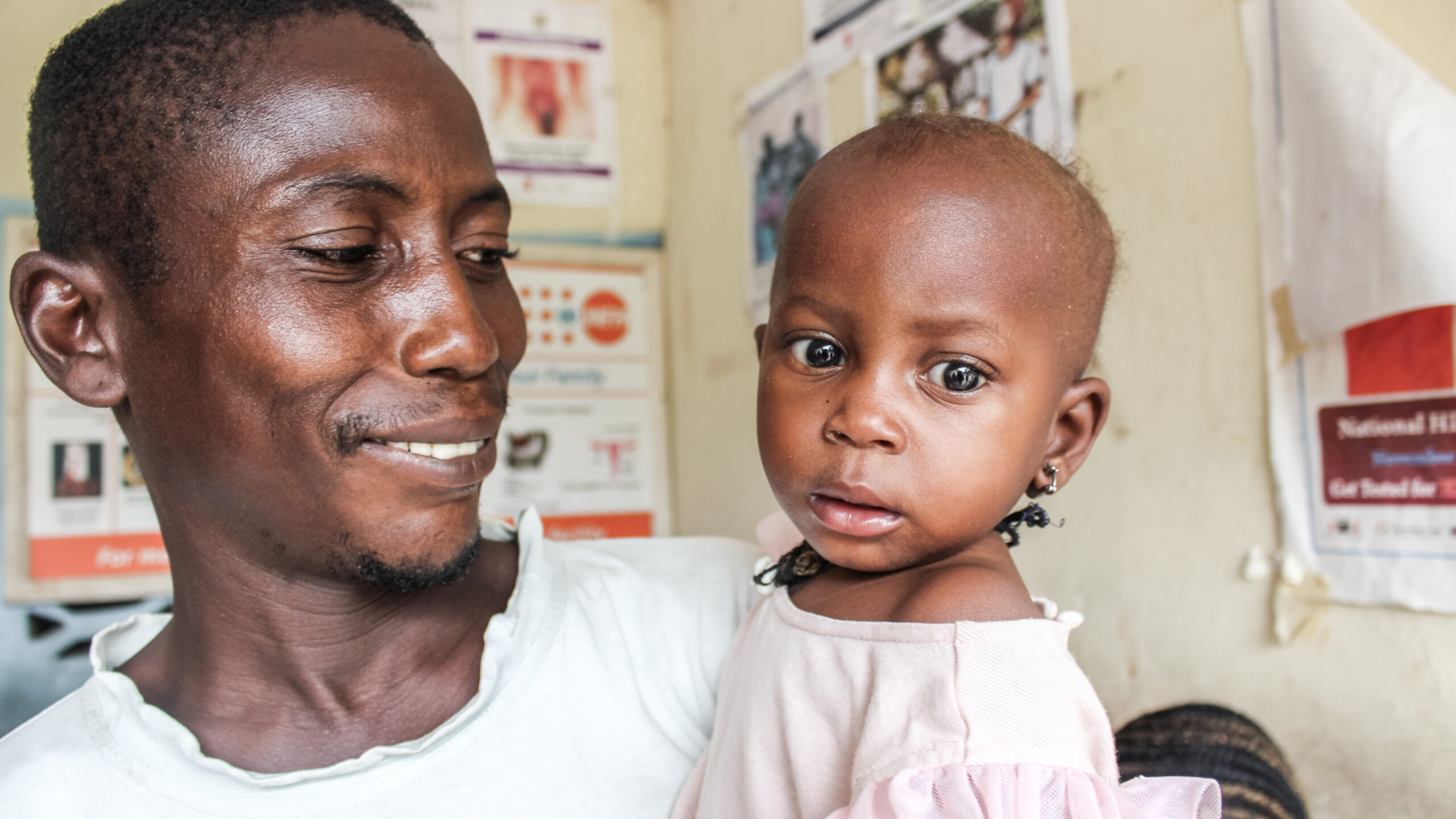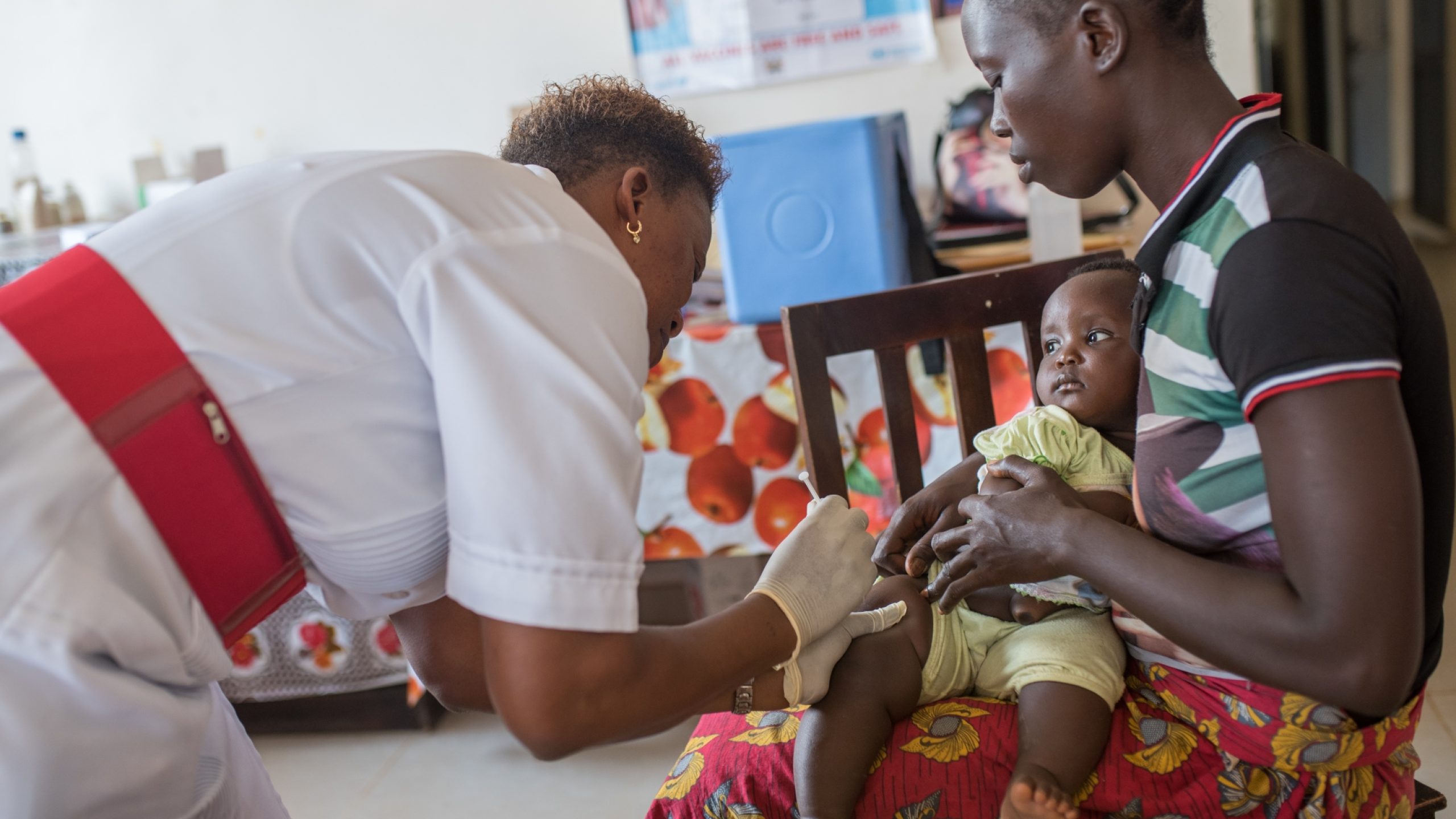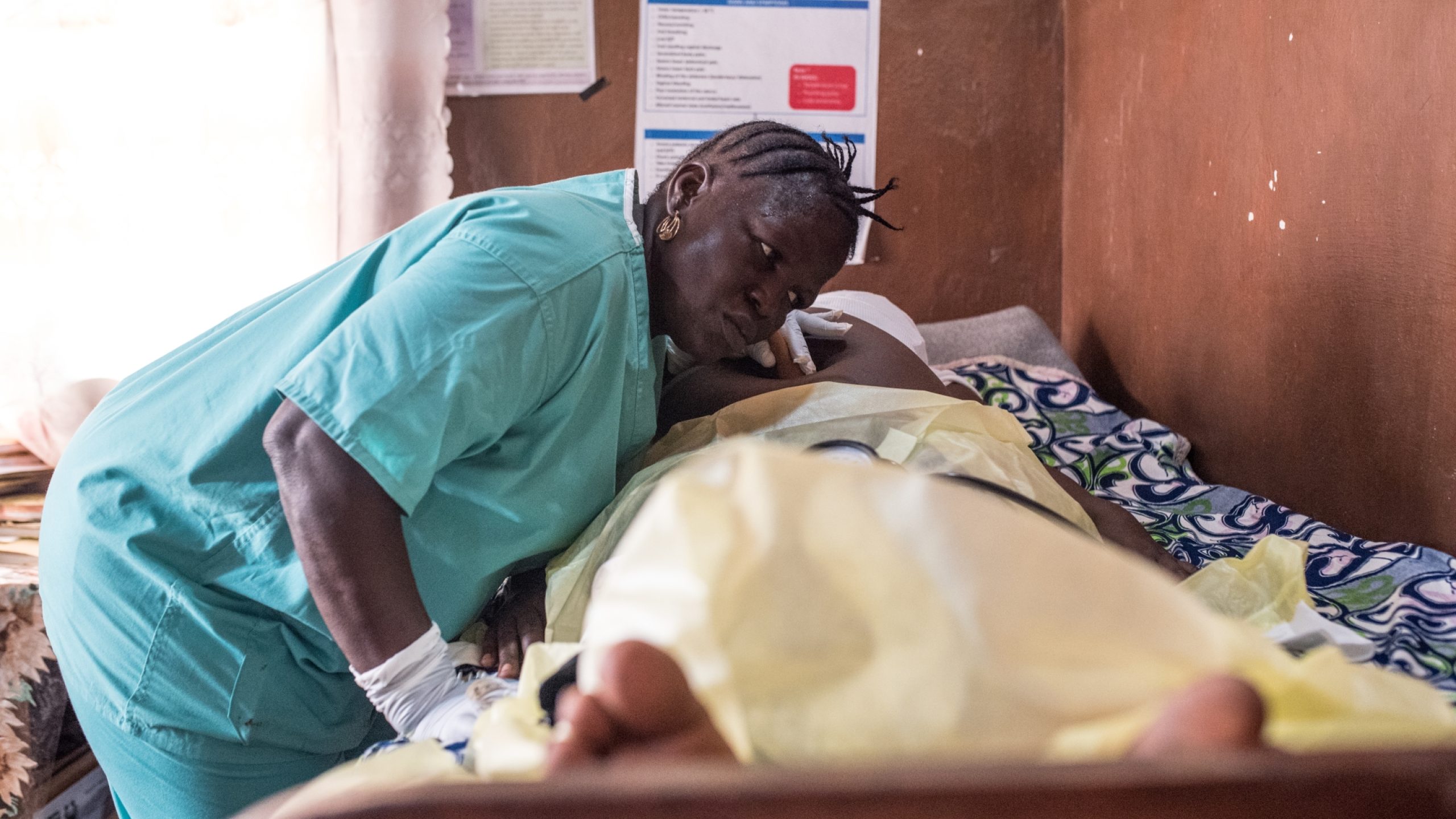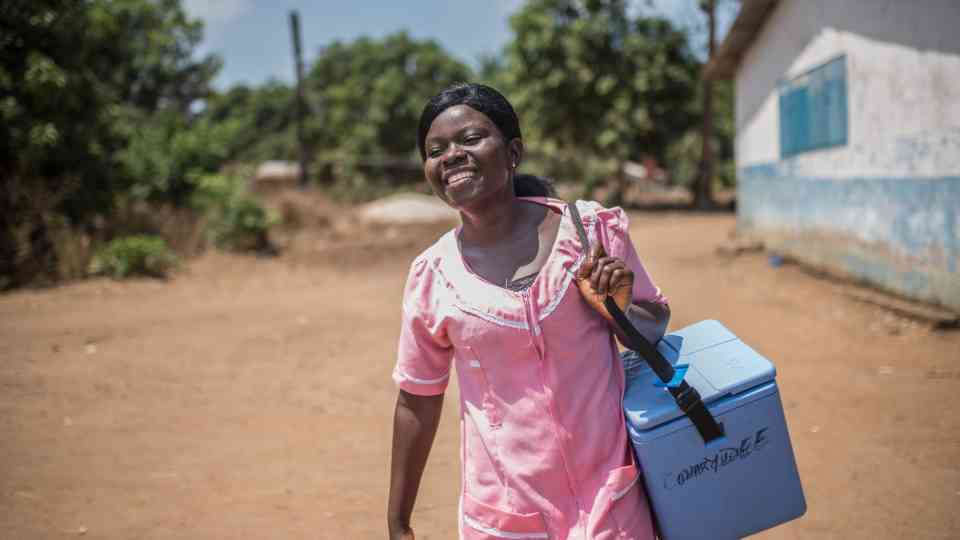The United Nations Office for Project Services (UNOPS)

Access to energy: Giving Sierra Leone the power to change lives
For too long, community health centres across rural Sierra Leone have been forced to operate with little access to power. Now, a forward-thinking project aims to strengthen energy infrastructure in these areas, improving essential services for over 300,000 residents.
Accessing critical healthcare without a reliable source of power is a hardship that has been an all too common reality for hundreds of thousands of people across Sierra Leone. This put patients at risk and made the jobs of healthcare workers all the more challenging.
Mother of five, Konnie Bangura knows first-hand just how serious that can be. Recalling the circumstances around the birth of her first child, Salieu, the 35-year-old farmer from the Kagbere community says:
“The lighting was so bad that as the nurse was trying to deliver him, she mistakenly cut him on the forehead with the equipment being used. He has that scar till today.”
Concerns about maternal care, however, aren’t the only health issues that have arisen due to the limited access to electricity in the country.




In 2014, with the outbreak of Ebola in West Africa, Sierra Leone found itself amid one of the most serious medical emergencies in recent history. More than 14,000 cases were reported in the country between 2014 and 2016, and tragically, almost 4,000 people lost their lives. The lack of power in small towns and villages only worsened the conditions in which medical professionals were trying to combat the outbreak.
As part of the Ebola recovery efforts, the Government of Sierra Leone launched the ‘President’s Recovery Priorities’ — a multi-stakeholder programme that includes a series of initiatives to increase access to energy across the country, while significantly boosting the country’s energy generation.
One of the projects developed to support the Government’s energy access objectives is the Rural Renewable Energy Project.
This project aims to strengthen energy infrastructure in order to provide better services to people like Konnie on a day-to-day basis, while also helping rural communities to be better prepared in the event of a future epidemic. The first phase of the four-year project involved the installation of solar power at 54 community health centres across 12 districts of Sierra Leone – the benefits of which are already being felt.


Adama Squire is raising her children in Bumpe, a small southern town in Sierra Leone, and recently gave birth to her youngest and only daughter, Abibatu.
I had all my children at this Bumpe clinic. But this time when I came in to deliver Abibatu, it was different. I did not have to come with a torch light and batteries, and that saved me some money.
Adama explains the difference it has made in her local health centre having a reliable power supply – which in the evenings, ensures an all-important source of light.
“With all my children, the births have been at night, [in the] dark. But this time the delivery room was well lit and this made me happy that the nurses will see well as they do their work.”
Margaret Albert has been the midwife at the centre for the past four years, after three decades of experience working in other towns around the country. She says that reliable energy has also contributed to a more efficient working environment at the health centres, which ultimately, has enabled more people to receive healthcare.
“A lot of deliveries happen at night so the electricity makes the work easier to see when any sorting [of medical supplies] is being done and to avoid any mistakes or unnecessary discomfort to the mother,” she says.
She adds, “Due to the constant electricity, a good number of supplies are kept in proper condition and this also makes outreach to neighbouring communities to offer inoculations and related services easier.”
The District Medical Officer, Dr. Alhaji Sayni Turay, agrees. “Our clinic covers 38 communities and so it is very busy at times.”
“The solar light has made a huge difference. Now the cost of buying lamps and batteries is no more and we have 24 hours light, which helps us with their lab work and also our referral system. We are able to charge our scanning machine well and also carry it with us when we go on outreach.”
The Rural Renewable Energy Project brings much-needed electricity to rural areas of Sierra Leone. But it will also provide families, businesses and communities with an opportunity to grow, develop and improve their quality of life in a sustainable way – giving them the power to change for good.
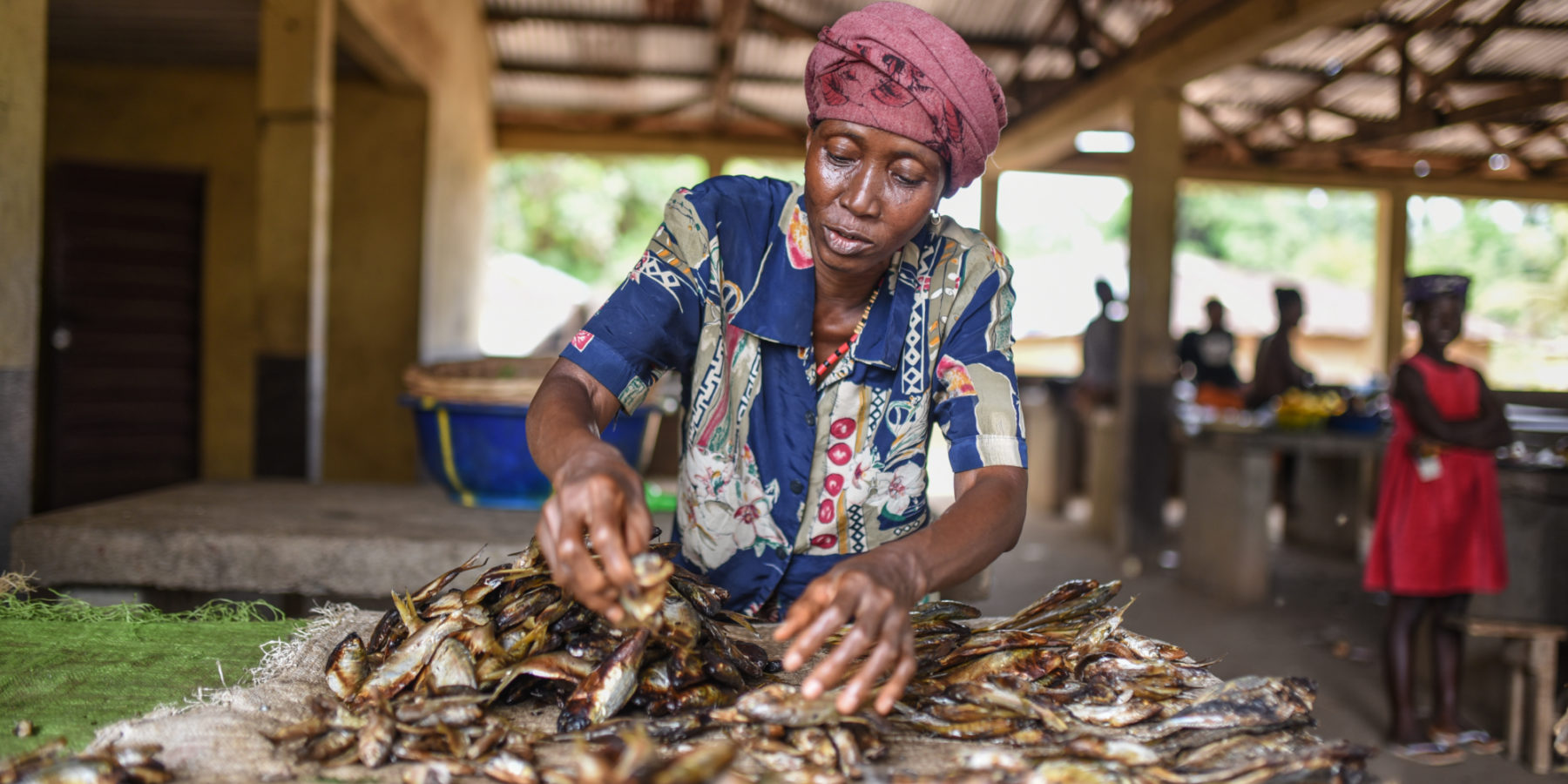



About the project:
Funded by the UK’s Department for International Development (DFID) and implemented by UNOPS, the Rural Renewable Energy Project represents a drive for clean energy access, together with the sustainable growth of the country’s energy capacity.
The £34.5 million project will be completed in several phases over a period of four years.
The first phase, which involved the installation of solar power in community health centres, was successfully completed in July 2017.
The second phase widens access to electricity to houses, schools and businesses in 50 rural villages, by expanding the existing health centre solar power stations, and installing distribution networks throughout each village – this will create 50 independent mini-grids.
In parallel with the ongoing infrastructure activities, the project has been opened up to private sector companies, which were invited to tender their services to run the power supply network in each village through a competitive selection process.
It is estimated that this engagement with the private sector will generate about £5.7 million (approximately $7.5 million) worth of co-investment into the final phase, developing larger mini-grids in an additional 40 villages.
UNOPS will continue to work with local private sector firms to ensure the many villages who want and need greater access to renewable energy are given that chance.
The project is set to be complete by the end of 2020.










